
Caravanserais of Yazd
Caravanserais were considered to be communication and commercial institutions in old Iran. These structures, in which there were rooms to accommodate travelers, usually had a similar architectural form. In the caravanserais, traders and travelers traveling from different places to different destinations met each other and engaged in cultural and economic exchanges. This feature has been mentioned in the travelogues left by Iranian and European tourists. Thus, caravanserais, which had cultural and civilizational functions, should be considered to be more important than inns or guesthouses.
The longevity of Iranian caravanserais dates back to ancient times. The presence of these caravanserais was an effective factor in the safety of routes and ease of travel and trade. During the Safavid era (16th and 17th centuries AD), when relative stability prevailed in Iran, much attention was paid to the construction of caravanserais, and during the era of Shah Abbas I (1587 to 1629 AD), many caravanserais were built in Iran, some of which are still standing in different cities of Iran under the title of “Shah Abbasi Caravanserais”.
In the course of the 45th meeting of the UNESCO World Heritage Committee held in Riyadh, Saudi Arabia, in September 2023, 54 caravanserais were inscribed as “Iranian Caravanserais” on the UNESCO World Heritage List. These 54 caravanserais are located in 24 provinces of Iran. Among these, six caravanserais are located in the geographical area of Yazd Province, one of the most ancient and desert provinces of Iran, and each of them is distinguished in some ways among the caravanserais inscribed on the world heritage list.
Zein-o-din Caravanserai
The architecture of most Iranian caravanserais is quadrilateral (rectangular and in some cases square), but Zein-o-din Caravanserai is the only Iranian caravansary built in a circular shape. Since this caravanserai was built during the time of “Zein-o-din Ganj Ali Khan Rig”, the Safavid governor of Kerman, it was named after him.
. This caravanserai, which is located in Mehriz City, has five semi-circular watchtowers around it that were used to watch the connecting route and light fires to help guide on the way caravans. This caravanserai was inscribed on the list of Iran’s national heritage of Iran in the year 1972 AD. To reach Zein-o-din Caravanserai, one has to travel 60 km from Yazd city on the Yazd-Kerman Road.
Shah Abbasi Caravanserai of Meybod
This caravanserai was considered a part of the complex of buildings related to road management on the road from Ray to Kerman. Chaparkhaneh (place of old postmen and messengers), water reservoir, and ice-house were some of the facilities of this caravanserai. The building was built with four porches and using bricks. The entrance vestibule, central courtyard, pond, and covered spaces for the accommodation of travelers and keeping their livestock were among the different parts of the caravanserai. This building was inscribed on the list of Iran’s national heritage in the year 1978 AD.
This caravanserai is related to the Qajar era (19th century) and was built in the Anjireh rural area of Ardakan City and is located on the road connecting Saghand and Tabas. There is another caravanserai known as Sangi (Stone) Caravanserai at a distance of 500 meters from this caravanserai. Towers and brick decorations can be seen on the four sides of this caravanserai. As the name of the caravanserai implies, brick is the main material used for its construction.
Stone Caravanserai of Anjireh
The longevity of the Stone Caravanserai of Anjireh is more than its twin sister (Brick Caravanserai of Anjireh). This caravanserai was established during the Ilkhanate era (13th and 14th centuries AD) and is considered the oldest caravanserai in Yazd Province. The caravanserai was inscribed on the list of Iran’s national heritage in the year 1999 AD. A major part of the building is made of stone, but bricks were also used in some parts of it, including the entrance vestibule.
Rashti Caravanserai of Aqda
This caravanserai was founded by a Yazdi merchants named “Haj Abolqasem Yazdi” who lived during the Qajar era, The construction style of the building is similar to the other caravanserais built during the Safavid era. The caravanserai was registered on the list of Iran’s national heritage in the year 1999.
Caravanserai of Kharanaq
This caravanserai is also located in Ardakan City. The pond in the middle of the vast courtyard of the caravanserai looks pleasingly spectacular. A number of rooms had been built around the caravanserai for the accommodation of travelers. Each of these rooms is connected to the central courtyard by means of a porch. Caravanserai of Kharanaq was inscribed on the list of Iran’s national heritage in the year 2000 AD.
During the Safavid era (16th and 17th centuries AD), when relative stability prevailed in Iran, much attention was paid to the construction of caravanserais, and during the era of Shah Abbas I (1587 to 1629 AD), many caravanserais were built in Iran, some of which are still standing in different cities of Iran under the title of “Shah Abbasi Caravanserais”.
| Name | Caravanserais of Yazd |
| Country | Iran |
| State | Yazd |
| City | Yazd |
| Type | Historical |
| Registration | Unesco |
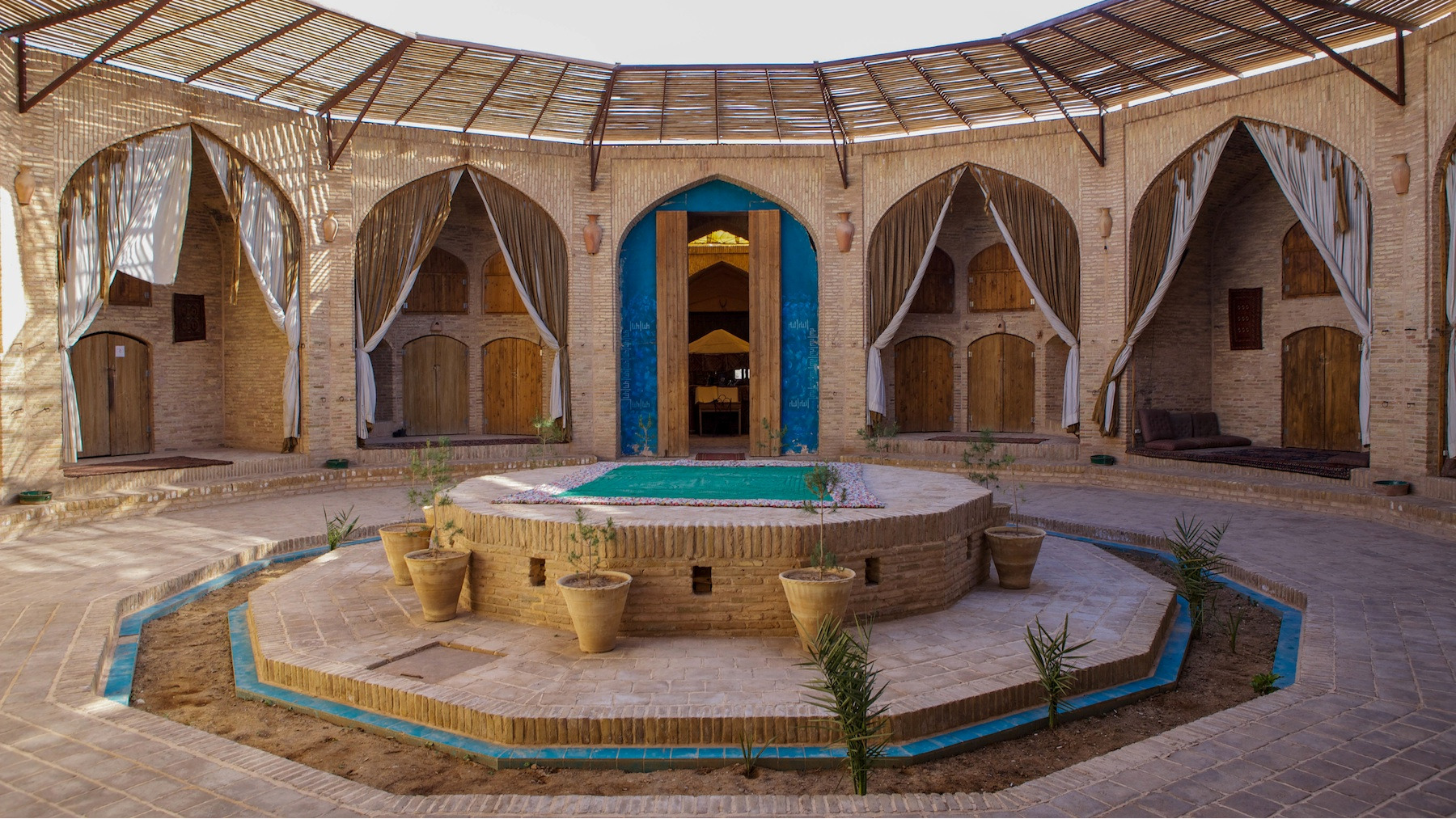

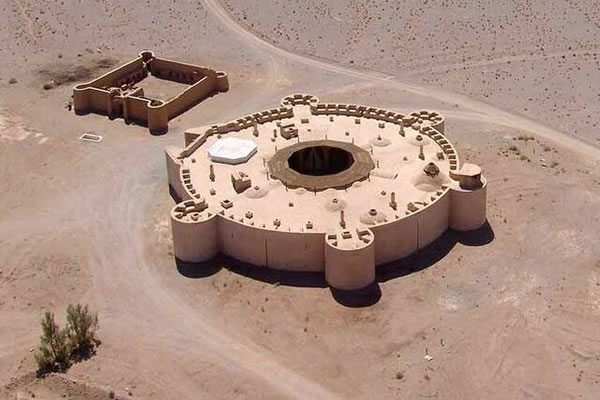
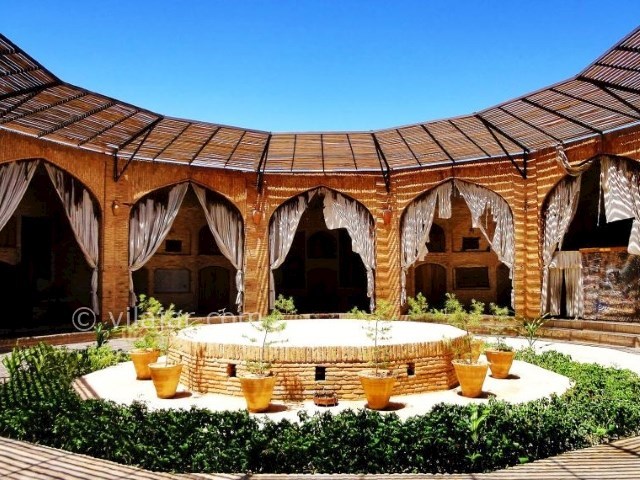




Choose blindless
Red blindless Green blindless Blue blindless Red hard to see Green hard to see Blue hard to see Monochrome Special MonochromeFont size change:
Change word spacing:
Change line height:
Change mouse type:
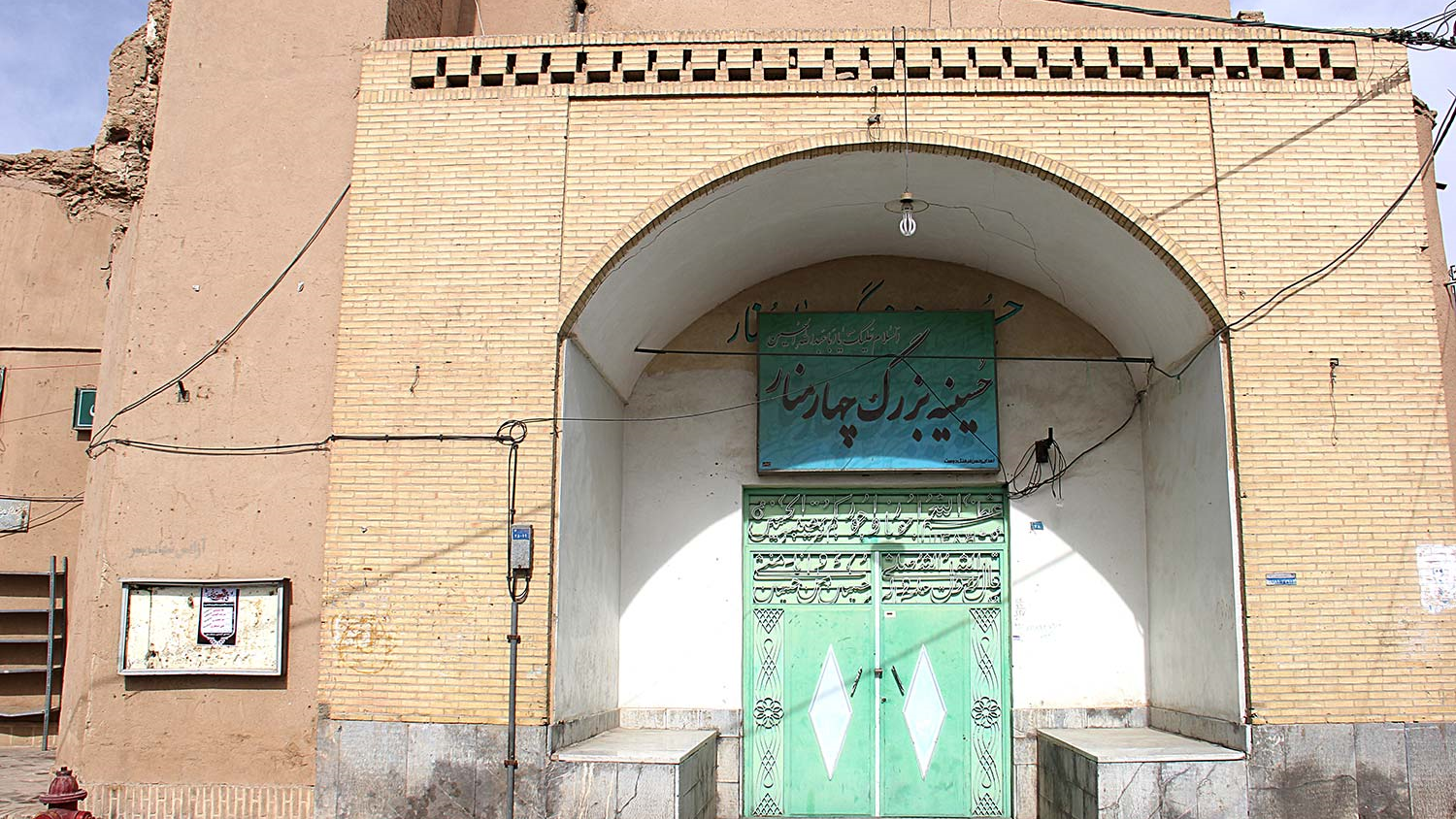

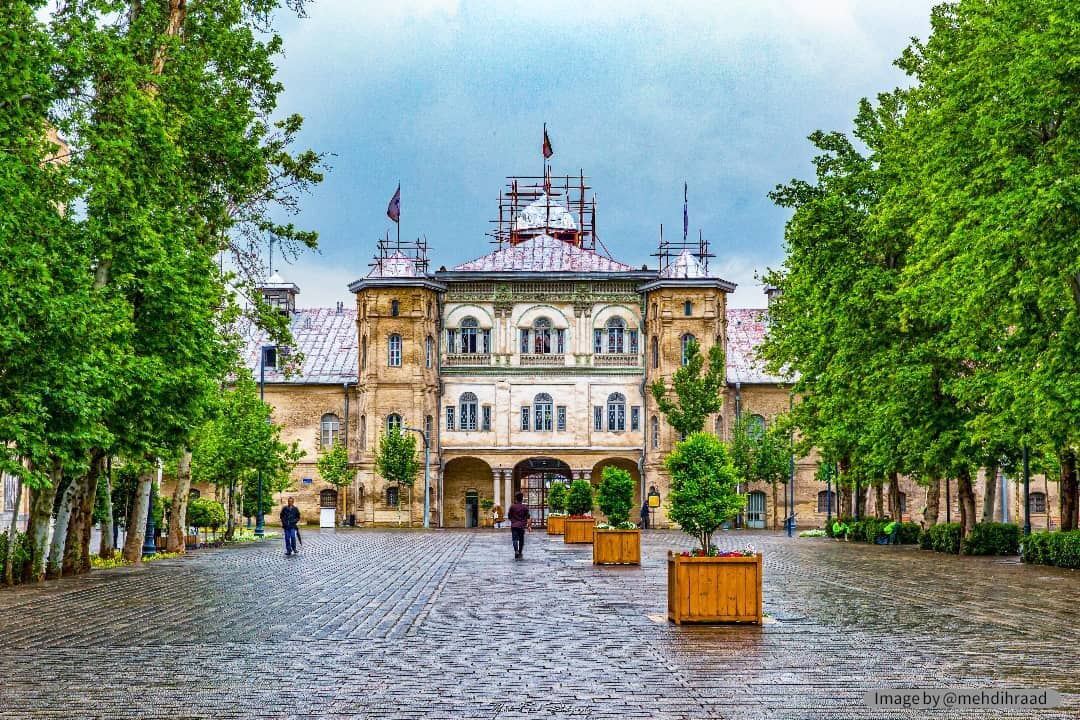

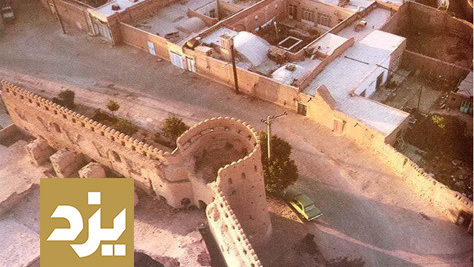
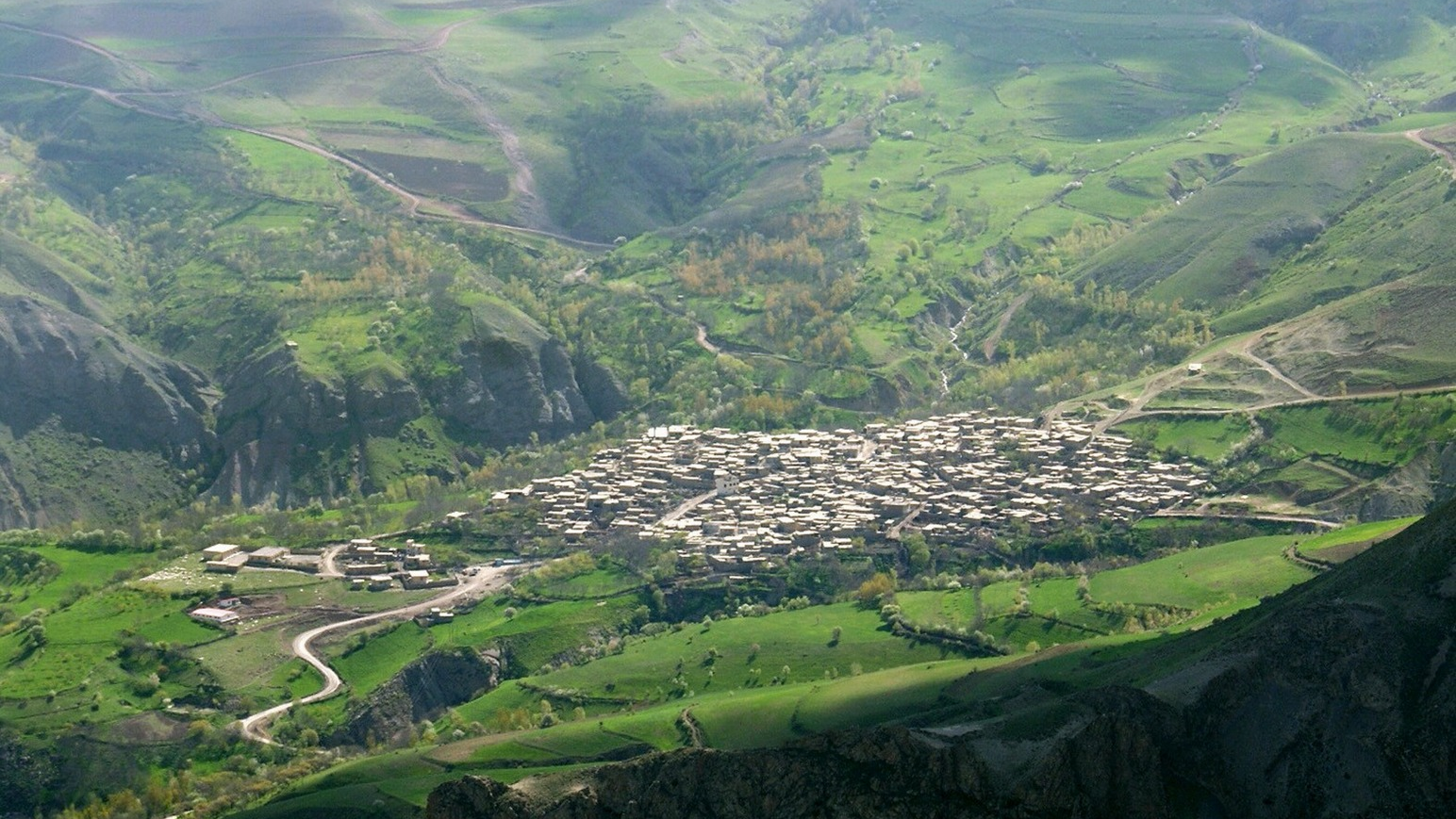

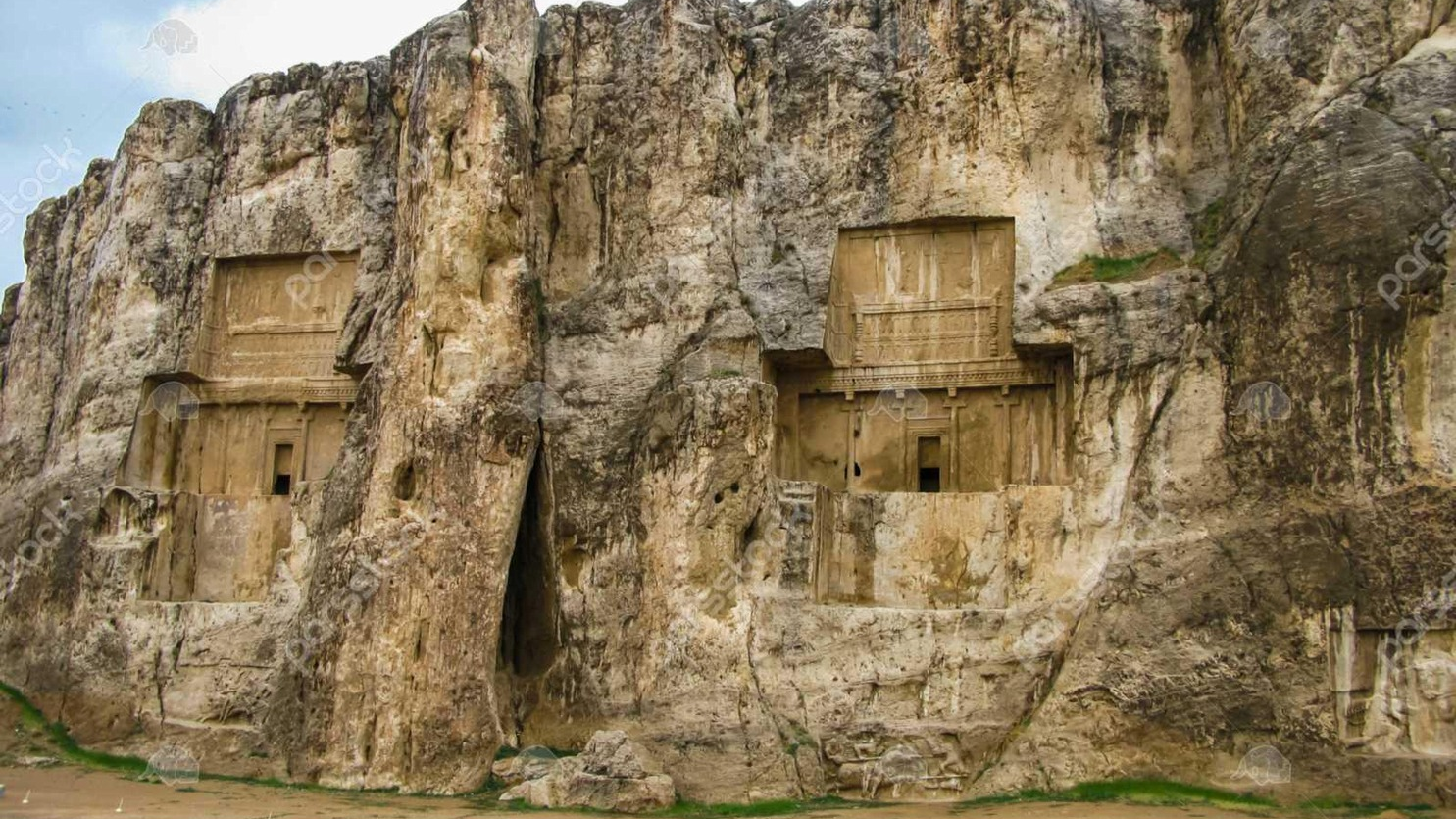


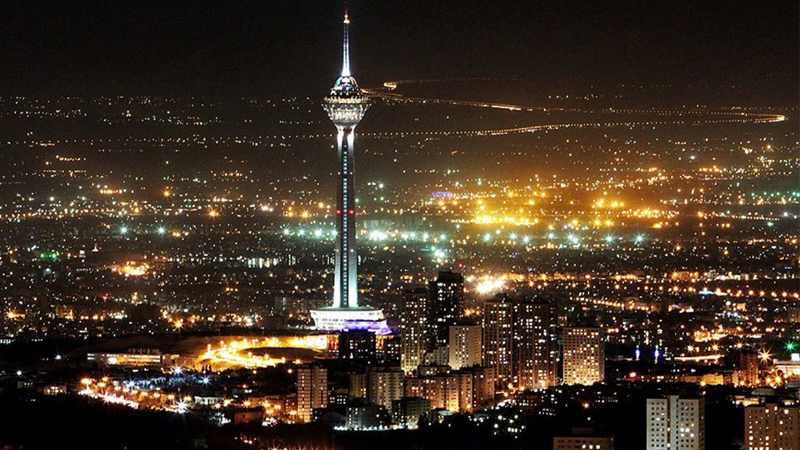
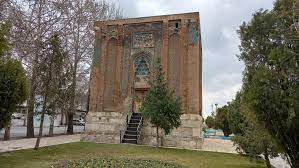
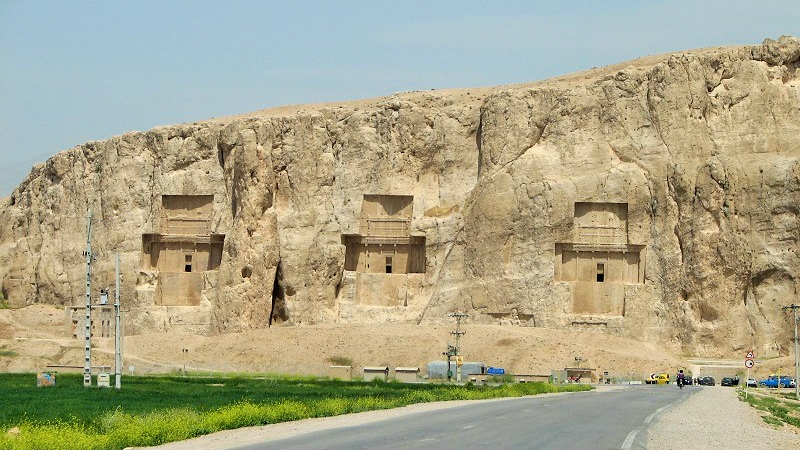
_crop_2.jpg)
